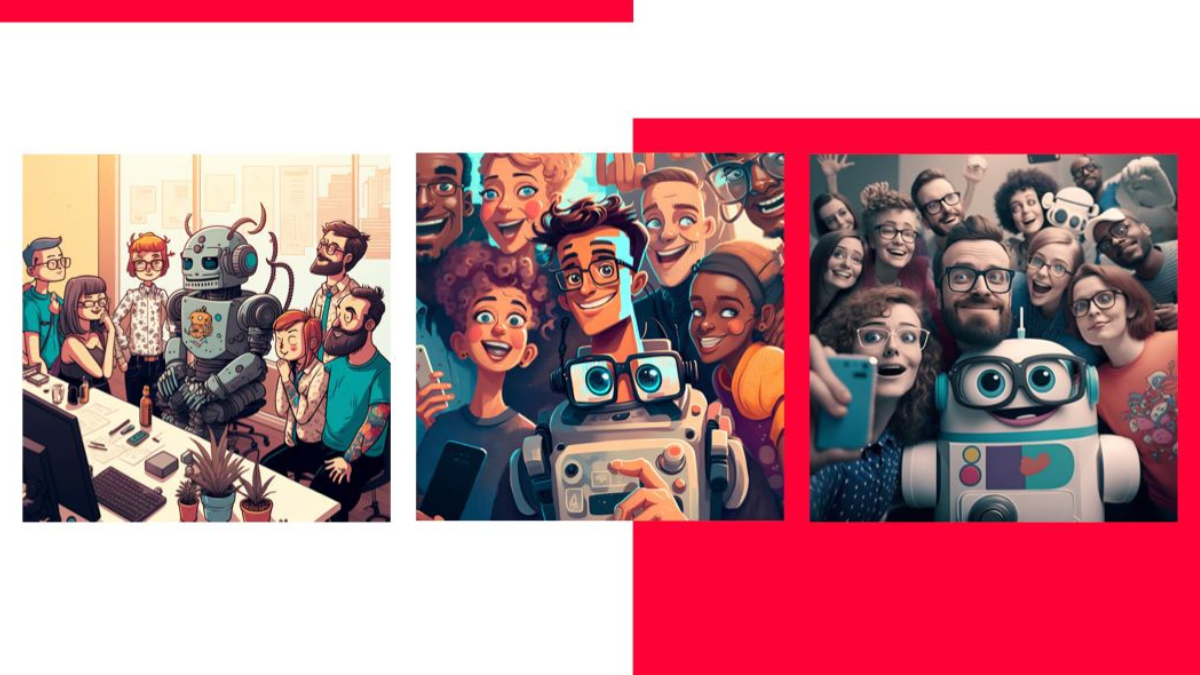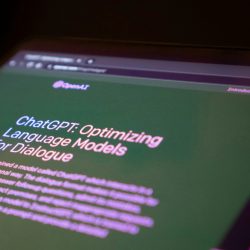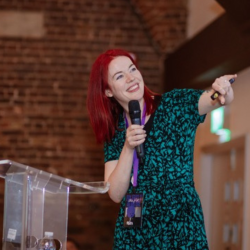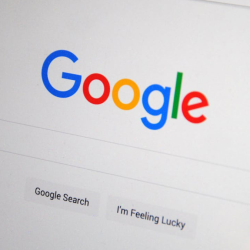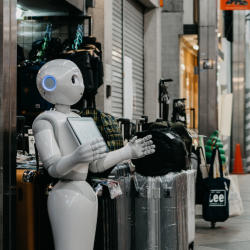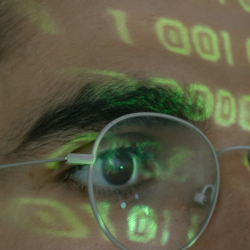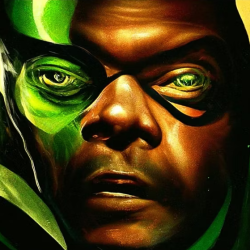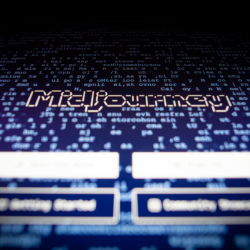You surely have already heard about ChatGPT (Generative Pre-training Technology). Since OpenAI launched the new service, it has generated great hype around it: 1 million people signed up in the first five days creating poems, song lyrics, research articles, HTML and python codes, and business plans. GPT technology is changing — and will change — the way we interact with artificial intelligence, and it has the potential to deeply transform several industries and jobs. To be honest, the first time I interacted with it I felt the same as when I connected to the world wide web a few years ago. A new window onto a new world.
But let’s take a step back: what is ChatGPT and how does it work?
Briefly said, it is a technology able to have interactions with human beings in an incredibly spontaneous way. Yes, precisely like two people having a conversation: ChatGPT is built to transpose a request, fulfil it, receive feedback, work on it, and keep improving the output until it satisfies the human interlocutor.
This is a revolution. An accessible tool that is available for millions, revealing a world that has always been a ‘privilege’ for whom had very specific technical skills. We all interact with some kind of artificial intelligence every day, even when we don’t think about it (when we unlock our iPhone, it automatically recognises our faces, when Google Maps tells us how much time we need to get to the office, or when Netflix recommends a movie based on our tastes.)
These interactions are effective because we don’t even realise that there is an AI answering our requests: that is the ChatGPT strength; the ability to reduce significantly the extreme complexity of interactions. A few years ago I had been impressed by a video based on an experiment where a movie script was completely written by artificial intelligence (see above). I found it brilliant, something only a few people had access to, and definitely out of my league. Until today.
As mentioned at the very beginning of this post, the new technology reached 1 million people in just 5 days.
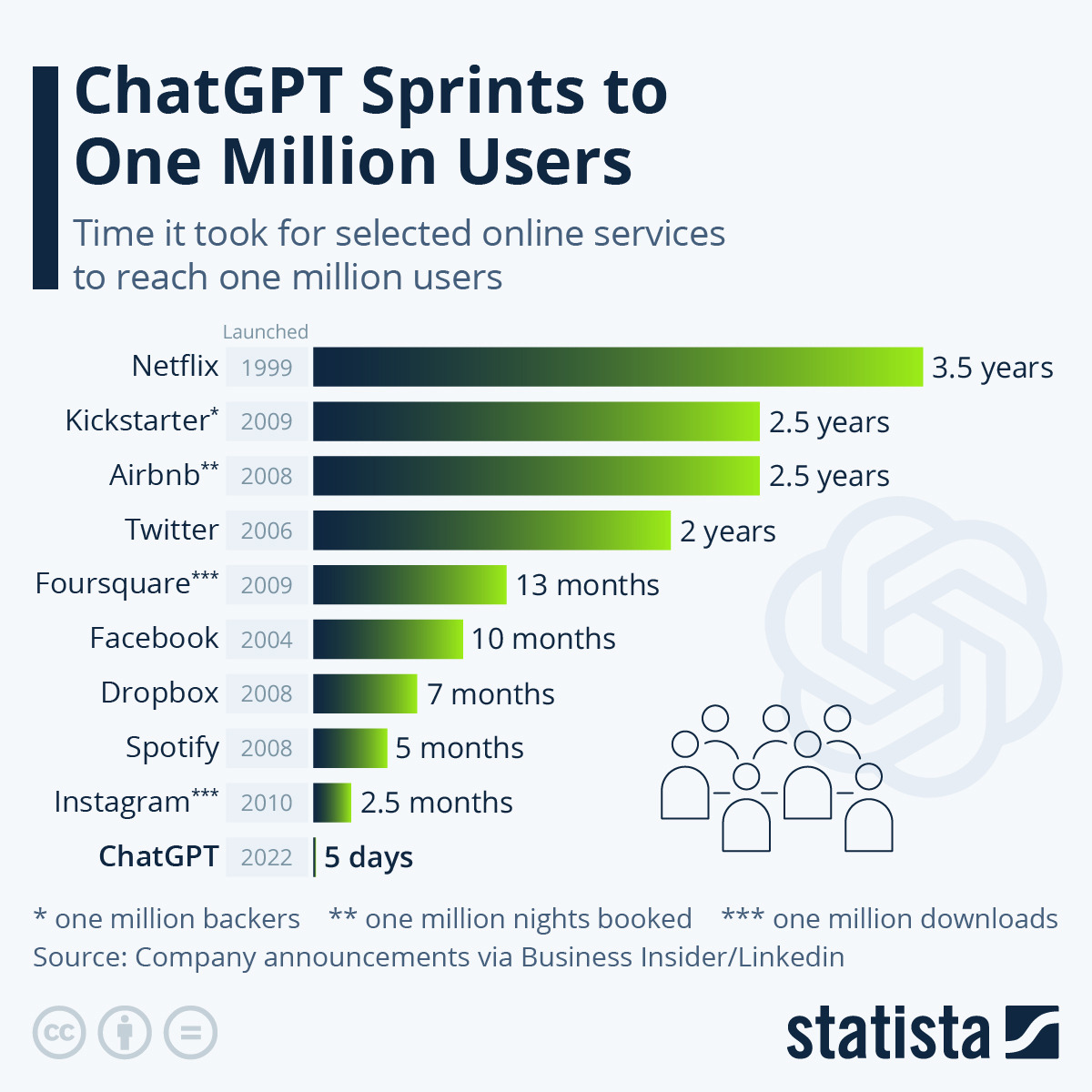
Artificial intelligence won’t replace screenwriters, just as it won’t replace our agencies’ creatives — if that’s what you’re thinking. Quite the opposite. I believe that ChatGPT is a powerful tool able to boost creativity, expand our technical skills, and speed up many processes, showing us creative paths that we couldn’t notice before. Creativity and artistic capacities will keep being essential: the most successful images generated by AI were created and edited by creatives and artists that knew how to teach and drive this kind of tool. Artificial intelligence’s real potential, specifically ChatGPT’s, is linked to our ability to cooperate with technologies: we must think about them as exceptional supports to enhance our skills.
This short excerpt from an interesting article by Emil Abirascid well explains the difference between the role of artificial intelligence (creating content) and the one of the human brain (being creative):
“Nowadays’ generative AI still has limits to understanding the deep meaning of the content it generates or to having creative intentions. Human creativity, instead, involves imagination to create new and original inputs. Human creativity can be influenced by personal experiences, emotions, and thoughts, something that generative AI wouldn’t be able to reach.”
The tweet (below) by Sam Altman, OpenAI CEO, is a good metaphor to explain how ChatGPT can support us for many of our activities (I would have summed it up in “it can be our buddy”, but the concept does not change):
Let’s also think about how this can be used as a powerful tool for improving the interaction between human beings, for instance by helping people with disabilities to communicate more effectively, or by breaking down language barriers thanks to its ability to translate conversations in real-time.
The speech-to-text devices included in ChatGPT don’t require the use of a keyboard or a screen, making the experience absolutely natural.
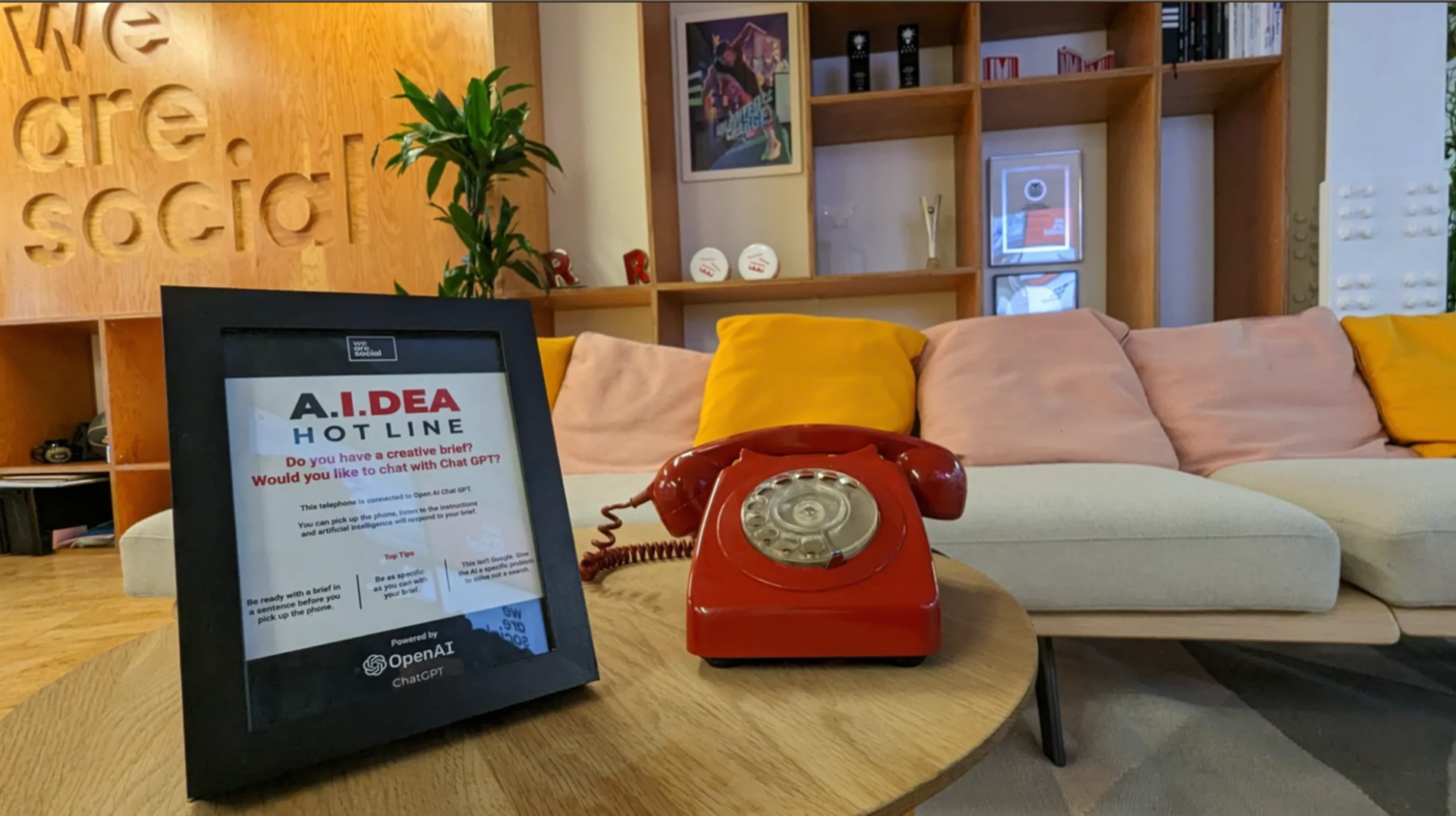
Speaking about text-to-speech, here’s A.Idea — a little experiment we did in We Are Social while studying ChatGPT: once you pick up the phone, ChatGPT introduces itself as an artificial intelligence able to quickly support you for a brief resolution; the user explains the brief (“I need two creative ideas for TikTok videos involving two young couples 18-24 for my soda brand”); in a short time, AI proposes an output (in this case two short scripts for the videos).
Just an exercise in style — as Pedro Garlaschi de Sousa explains (one of the Creative Technologists who worked on the project) — useful to study the technology and easily explain it to those who are not familiar with ChatGPT and AI yet.
Let’s better understand how to take advantage of these technologies: there are brands that have already used ChatGPT for their campaigns. Mint Mobile, for example, created a commercial with Ryan Reynolds where the script is produced by ChatGPT.
An fun exercise, of course. But the potential of this tool is much wider, such as speeding up market research, or acting — and “behaving” like a rapper, a sports commentator, a storyteller, a film critic, etc. —, or even writing code or debugging code that we had already written.
We shouldn’t forget that ChatGPT is quite a new technology, and there are several challenges, both technical and ethical, which need to be addressed (it may become a very powerful tool of propaganda or a fake news dissemination vehicle). It is essential to verify the veracity of the outputs — just as we should do every time we look for information on different channels.
From a technological point of view, there are some problems related to the very high demand, which often leads to slowdowns or blockages of the platform. However, there’s now a paid PLUS version that offers higher limits and faster performance.
Here and here you can find two constantly updated lists of tools which — I am sure — can only help our work, amplifying and strengthening our creativity: new AI projects are launched every day, involving the most vertical and wider areas. For instance, I’d like to point out a recent model released by Google: MusicLM, a sophisticated artificial intelligence that generates music from texts, melodies, and images.
Here’s an example, created from a description that begins with the sentence “The main soundtrack of an arcade game.” Incredible, right?
The examples are almost endless, it’s up to us to understand how best to collaborate with artificial intelligence. Here is something that is already happening in 2023 (source: Predictions 2023: Artificial Intelligence, Forrester):
- AI will write 10% of the code globally
- 46% of business and technology decision-makers seek partners to implement AI solutions for their business, related to data and analytics
- 10% of the Fortune 500 will create content using AI tools support
Here is something we could see coming fast in the next years (source: Beyond ChatGPT: The Future of Generative AI for Enterprises, Gartner):
- By 2025, 30% of outbound marketing messages from big companies will be generated by AI, up from less than 2% in 2022
- By 2030, a blockbuster will be released with 90% of the film generated by AI (from text to video)
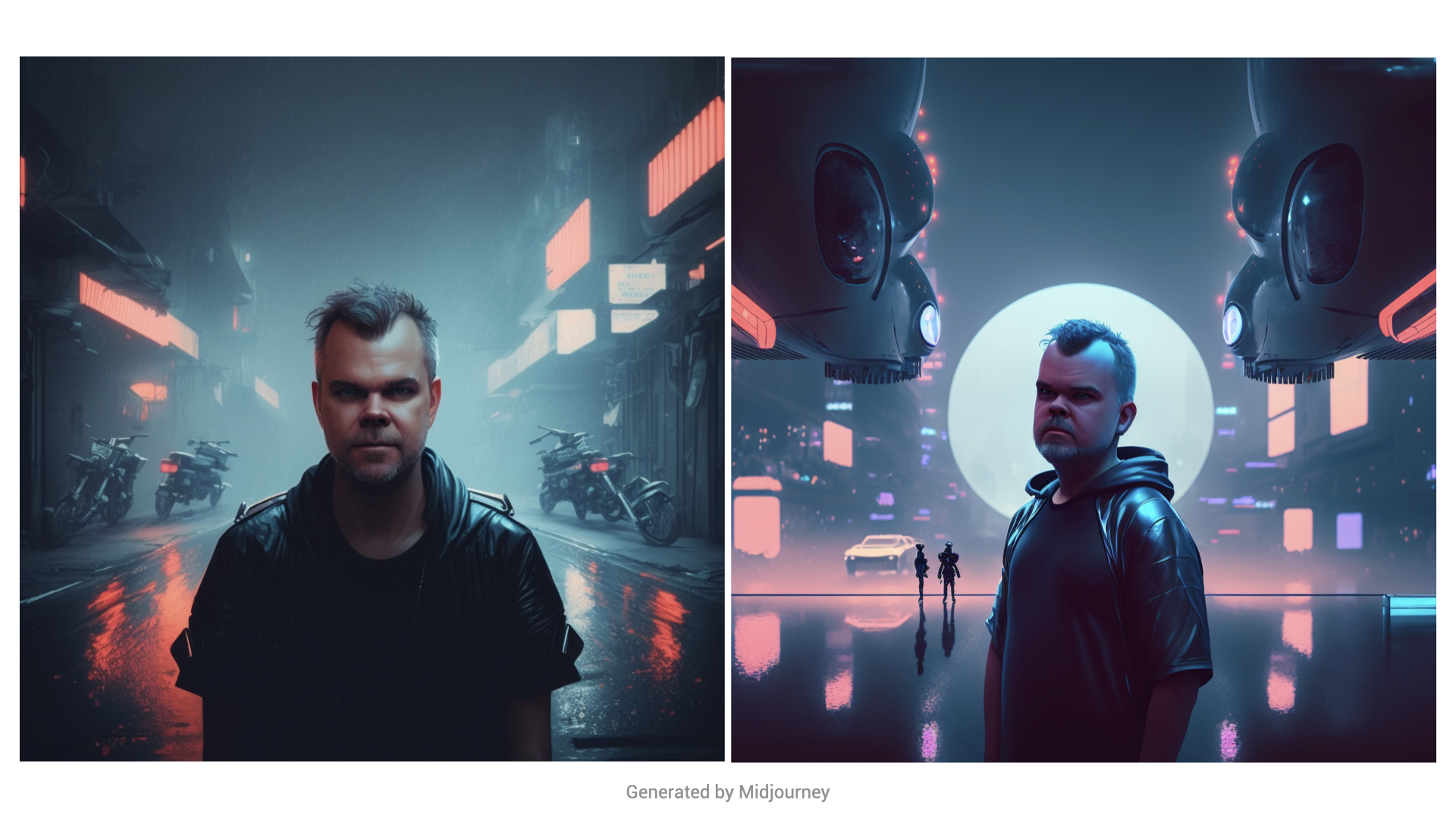
What will happen tomorrow?
I don’t think anyone knows it for sure, but it is very likely that artificial intelligence will progress faster and faster, and will learn to do so many things better than us: this will make our lives easier, potentially changing several jobs. And I don’t think that’s necessarily a bad thing. Ticking the boring tasks off our to-do list can give us more time to focus on more important and creative projects. Not bad, don’t you think?
This piece was adapted from We Are Social’s blog, with their permission. Featured image: the 3 pictures were made by using Midjourney, with the brief “Selfie of an artificial intelligence with a group of creatives in an advertising agency during a brainstorming in a cheerful mood, in a Disney style”/ We Are Social




















